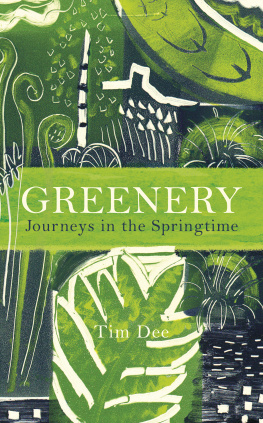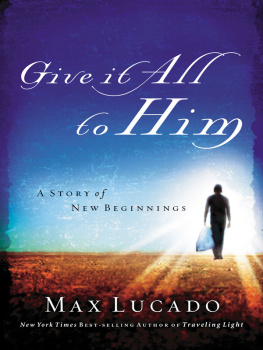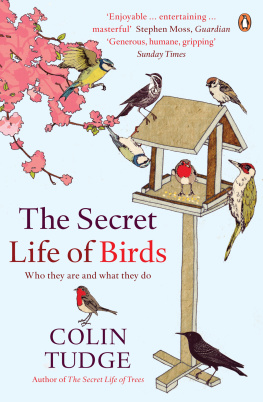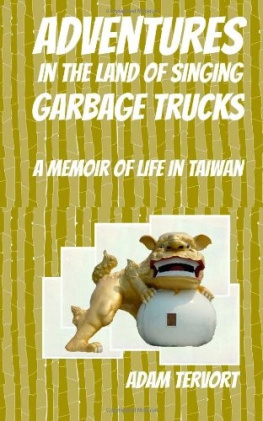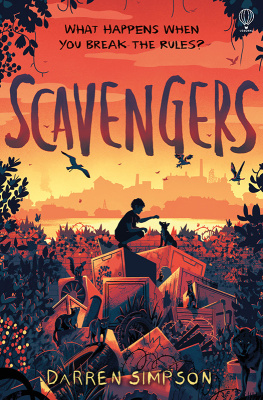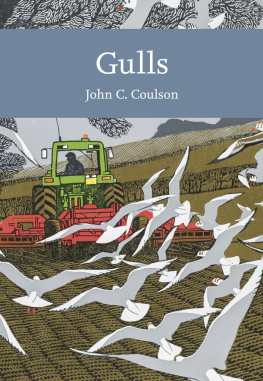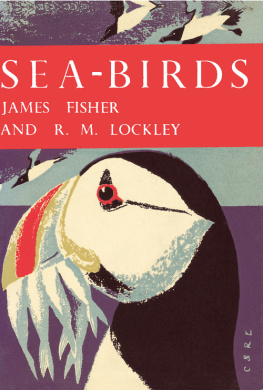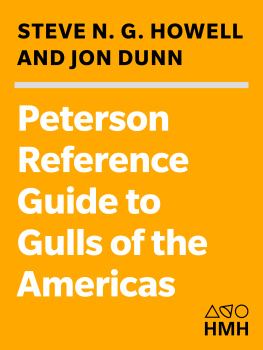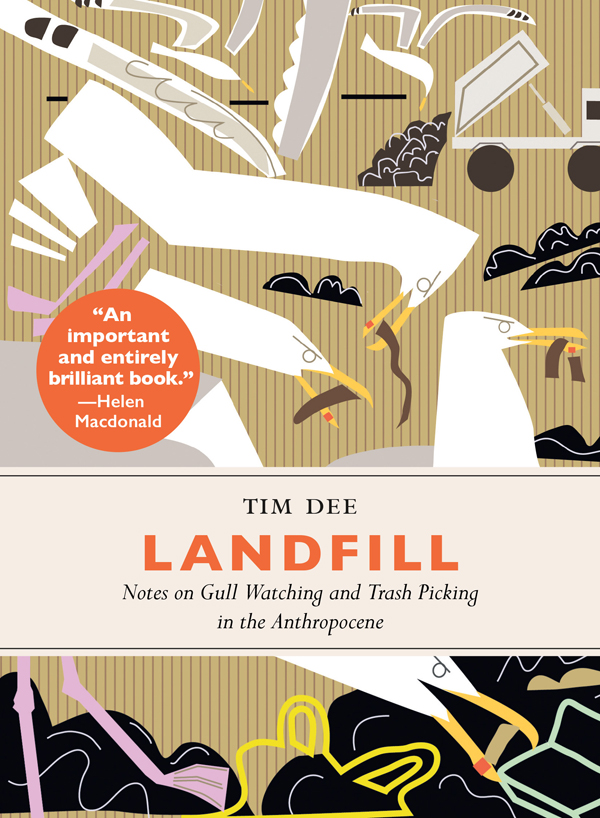Contents
Guide
Pagebreaks of the print version
Praise for Landfill
Landfill is an important and entirely brilliant book. Its a love letter to gulls and their charged relationship with humans, but its also a deep meditation on difficulty and waste, on the beauty of the disregarded, and on what we make of matter out of place. Theres love and death here, fear, fascination, hope, and the breaking of the world. Dee has written an absolute triumph.
HELEN MACDONALD, author of H Is for Hawk
The British literature of birds that includes Gilbert White with his swifts and martins, Helen Macdonald with her hawks, is a rich one. But Tim Dees own obsession with gulls also leads him to contemplate the landfills over which they often preside and the alarming changes to our landscapes with which they are associated. His alertness to factors in ecological health results not in a jeremiad, however, but instead in an exploration of surprising parallels between evolution in the biological realm and the slow siftings of memory and culture. Landfill is a remarkably venturesome, robustly voiced, and illuminating book.
JOHN ELDER, author of Reading the Mountains of Home
Like coyotes, ravens, raccoons, and other resourceful urban wildlife, gulls frequently face our scorn, and sometimes our bullets. In his delightful jaunt through gull taxonomy, behavior, and lore, Tim Dee casts his feathered protagonists as indomitable heroes of the Anthropocenethriving in our cities, colonizing our culture, and repurposing our trash as treasure. Next time a gull snatches your fries, youll find yourself not cursing a petty thief, but admiring one of our planets grittiest, savviest survivors.
BEN GOLDFARB, author of Eager
Tim Dees restive and gorgeous prose pulls readers into the wilds of the modern urban landscape, where gulls and humans wander side-by-side with ancient poets, Victorian novelists, and Madagascar nighthawks. In this small book Dee asksand beautifully begins to answerone of the largest questions of our time: How do we live with attentive grace and wisdom alongside the varied coinhabitants of our imperiled, complex, and beloved earth?
LYANDA LYNN HAUPT, author of Mozarts Starling and Crow Planet
Evolution is fluid, and the urban gulls of Tim Dees Landfill embody this ever-changing world in action. Tracking difficult-to-categorize gulls and the people who know their habits best, Dee alerts us to the heavy-laden meanings we lay on the wings of others, even as he revels the ways in which gulls continue to fly beyond our grasp. Familiarity need not breed contempt. As Dee shows, it can breed fascination.
GAVIN VAN HORN, author of The Way of Coyote
LANDFILL
Notes on Gull Watching and Trash Picking in the Anthropocene
TIM DEE
CHELSEA GREEN PUBLISHING
White River Junction, VT
London, UK
Copyright 2018 by Tim Dee.
Cover artwork and illustrations copyright 2018 by Greg Poole.
All rights reserved.
No part of this book may be transmitted or reproduced in any form by any means without permission in writing from the publisher.
Missing Dates by William Empson is used by permission of Curtis Brown Group Ltd on behalf of the Estate of William Empson. Copyright The Estate of William Empson, 1937.
Originally published in the United Kingdom by Little Toller Books in 2018 as Landfill .
Printed in Canada.
First printing February, 2019.
10 9 8 7 6 5 4 3 2 1 19 20 21 22 23
Our Commitment to Green Publishing
Chelsea Green sees publishing as a tool for cultural change and ecological stewardship. We strive to align our book manufacturing practices with our editorial mission and to reduce the impact of our business enterprise in the environment. We print our books and catalogs on chlorine-free recycled paper, using vegetable-based inks whenever possible. This book may cost slightly more because it was printed on paper that contains recycled fiber, and we hope youll agree that its worth it. Chelsea Green is a member of the Green Press Initiative (www.greenpressinitiative.org), a nonprofit coalition of publishers, manufacturers, and authors working to protect the worlds endangered forests and conserve natural resources. Landfill was printed on paper supplied by Marquis that contains 100% postconsumer recycled fiber.
ISBN 978-1-60358-909-3 (hardcover)ISBN 978-1-60358-910-9 (ebook)ISBN 978-1-60358-911-6 (audiobook)
Library of Congress Cataloging-in-Publication Data is available upon request.
Chelsea Green Publishing
85 North Main Street, Suite 120
White River Junction, VT 05001
(802) 295-6300
www.chelseagreen.com
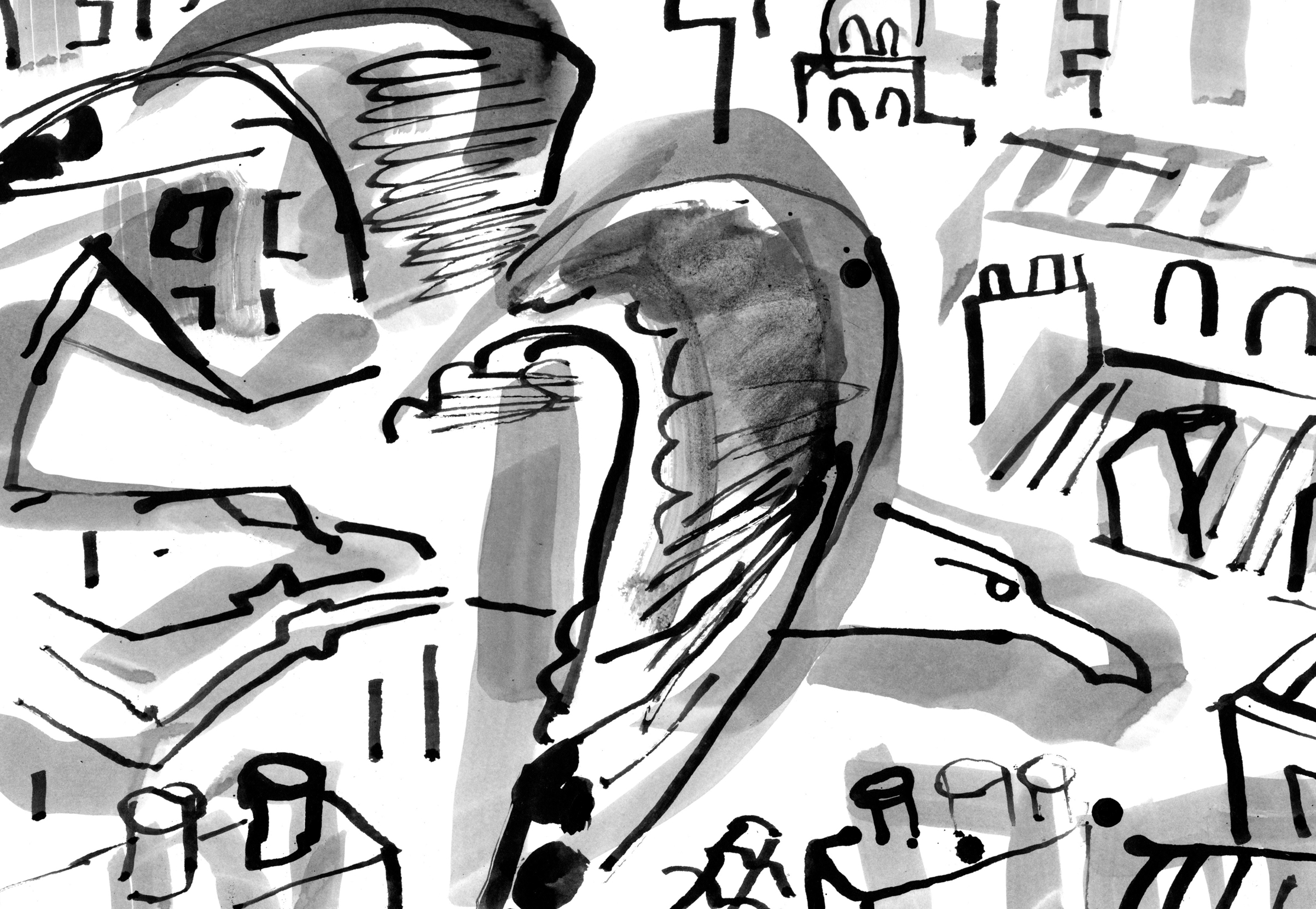
In history, as in nature, decay is the laboratory of life
KARL MARX, Capital
Whatevers it all about, John?
Whenever is it all going to end?
LAVINIA GREENLAW, Blackwater
this is for Jenny Dee, Tessa Hadley and Tom Nichols
dumped, with me, on the family line

Contents
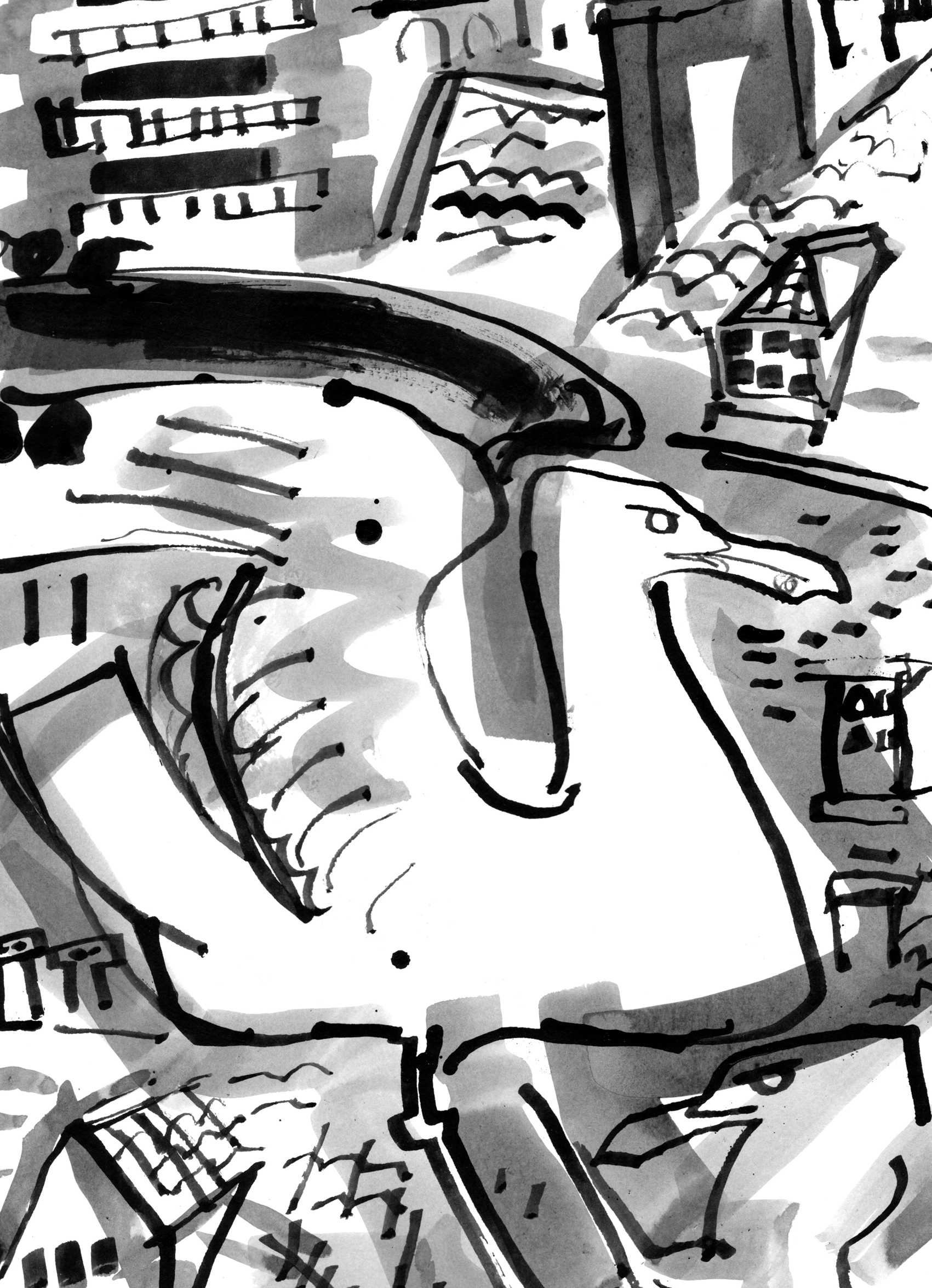
I tried to give up birdwatching in my early twenties. The scene of my abandonment was a gull roost on a reservoir. From a hide on the banks of Chew Valley Lake, outside Bristol, I often watched gulls coming to land on the water to find a place to sleep. Many common gulls did this and occasionally one or more ring-billed gulls, vagrants from North America, who had got caught up on the wrong side of the Atlantic, came to rest with the regular crowd.
In the hide, if others were with me, there was a chance of picking out a ring-billed gull. But on my own I despaired and never managed anything. Thinking of what I was despairing about despaired me further. My wanting to see a ring-billed gull was stopping me seeing the shakedown of thousands of birds arriving out of the dying light, and then the exquisite distribution of these white forms across the darkening water. I felt stupid to have misread the truth of the scene. I put away my binoculars for much of the next three years.
Before I quit I had seen most of the gulls then known in Britain. The gulls I grew up with were herring, lesser black-backed, great black-backed, black-headed, common and kittiwake. Along with ring-billed, the gulls I began as a teenager to look for and chase as rare birds were: little, glaucous, Iceland, Mediterranean, Sabines, laughing Bonapartes, Franklins, Rosss and ivory. Some are Arctic species; some are American.
In the recent past, revisions to our taxonomic understanding have released more gulls that might now be seen in Britain. Most notable among these are yellow-legged and Caspian gulls. There are also smaller numbers of other split species and assorted subspecies, races and hybrids, including American herring, Thayers, Baltic, Azorean, Viking, Nelson, and more with names still stuck in Latin. All are hard to see and few are easy to tell apart. Yellow-legged and Caspian gulls are the species whose observed presence in Britain has prompted new interest among birdwatchers in the family as a whole. They are also gulls that have been watched extensively on landfill sites. They are the birds that started this book.


